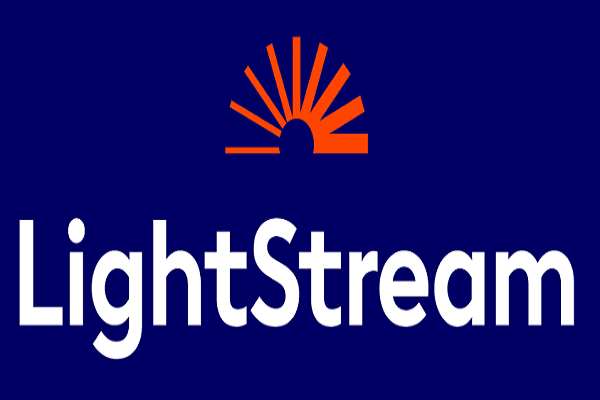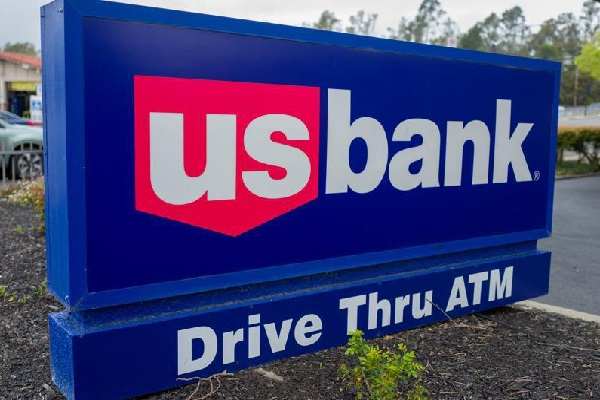Wells Fargo
Wells Fargo is a bank that has been in operation for almost 170 years and is the fourth-largest bank in the United States. The bank has been working to rehabilitate its image and regain trust by focusing on customer service and technological innovations after several high-profile scandals in the mid-2010s. In this article, we will discuss the interest rates, advantages, and disadvantages of Wells Fargo.
Interest Rates
Wells Fargo offers very lackluster rates (currently 7.49%) on all of its savings options. This means that account APYs tend to skew lower at traditional brick-and-mortar banks than at their online counterparts.
Advantages
Wells Fargo is one of the more easily accessible large banks in the United States, with approximately 4,900 branches and over 12,000 ATMs across 37 states and the District of Columbia. The bank does provide a number of methods for avoiding maintenance fees on many of its deposit accounts, and most clients can easily qualify for one of the many waivers.
In addition, Wells Fargo partnered with Intuit to provide a seamless and completely secure connection for customers who use Mint, QuickBooks online, and TurboTax online. This pioneering move allows Wells Fargo customers to easily share data with these Intuit products so they can handle their financial chores without risking their accounts’ security.
Disadvantages
Wells Fargo charges a $35 overdraft fee for its Debit Card Overdraft Service every time you overdraw your account. Unfortunately, the bank’s policies allow up to three overdrafts per day, meaning you could be staring down $105 in overdraft fees from a single day’s mistakes. Every savings account also carries a monthly fee, meaning your account may essentially earn a negative amount if you are unable to avoid the charge—if your account dips below the minimum daily balance, for example.
Wells Fargo offers many financial products plus thousands of branches and ATMs. However, interest rates on its savings options are low, and fees can add up. It is highly accessible with numerous locations across the United States. The bank does provide a number of methods for avoiding maintenance fees on many of its deposit accounts. However, it charges a high overdraft fee for its Debit Card Overdraft Service every time you overdraw your account. Therefore, it is important to be aware of these advantages and disadvantages before opening an account with Wells Fargo.
LightStream
LightStream is a consumer lender that offers unsecured personal loans for a number of uses. The lender boasts no origination, late payment or prepayment fees, and offers rate discounts for borrowers who sign up for autopay. Loans are available between $5,000 and $100,000 for terms ranging from two to 12 years depending on your loan purpose.
Interest Rates
LightStream’s lowest APR is (currently 7.99%). For borrowers with good credit, this could make LightStream a very affordable option for funding.
Advantages
LightStream doesn’t charge any fees, not even an origination fee. Borrowers may receive funds as soon as the same day they apply with LightStream, which is great for time-sensitive needs.
Disadvantages
LightStream’s minimum loan amount is $5,000, which may be too high for some borrowers. To qualify for a loan with LightStream, you’ll need several years of credit history with a variety of account types (major credit cards, installment loans, vehicle loans and mortgage debt if applicable).
LightStream doesn’t provide a complete picture of what it takes to qualify. However, you will likely need good to excellent credit. When evaluating your loan application, LightStream considers your credit history, requested loan amount, requested loan purpose, repayment term, available assets and payment record on all loans and credit cards.
US Bank
US Bank is a financial institution that offers a range of banking services to its customers.
Interest Rates
This traditional bank offers personal loans with APRs ranging from 8.24% to 21.49% (with autopay) for loan amounts from $1,000 to $50,000 (up to $25,000 for non-customers) and loan terms from one to seven years for customers (one to five years for non-customers).
Advantages
US Bank offers a high yield savings account with an annual percentage yield (APY) of up to 0.25%. This is higher than the national average of 0.05% APY.
US Bank has a mobile app that allows customers to manage their accounts, deposit checks, and transfer funds from their mobile devices.
US Bank offers a variety of credit cards with different rewards programs and benefits.
Disadvantages
US Bank has fewer branches than some other banks, which may make it difficult for customers who prefer to do their banking in person.
US Bank charges fees for certain services, such as overdraft protection and wire transfers.
As for the interest rates, it’s worth noting that the Federal Reserve raised its benchmark interest rate by 0.75 percentage point on Wednesday — the biggest hike since 1994 — to try to curtail today’s record-high inflation.
While the Fed is expected to continue raising rates throughout the rest of 2022, the larger conundrum still remains: continue raising rates, potentially causing an economic slowdown and recession, or don’t raise rates and therefore don’t prevent taming rampant inflation. Interest rates affect our bigger macroeconomic picture, but they also have a tangible effect on our personal finances, including student loans, car loans, mortgages, savings accounts and more.



